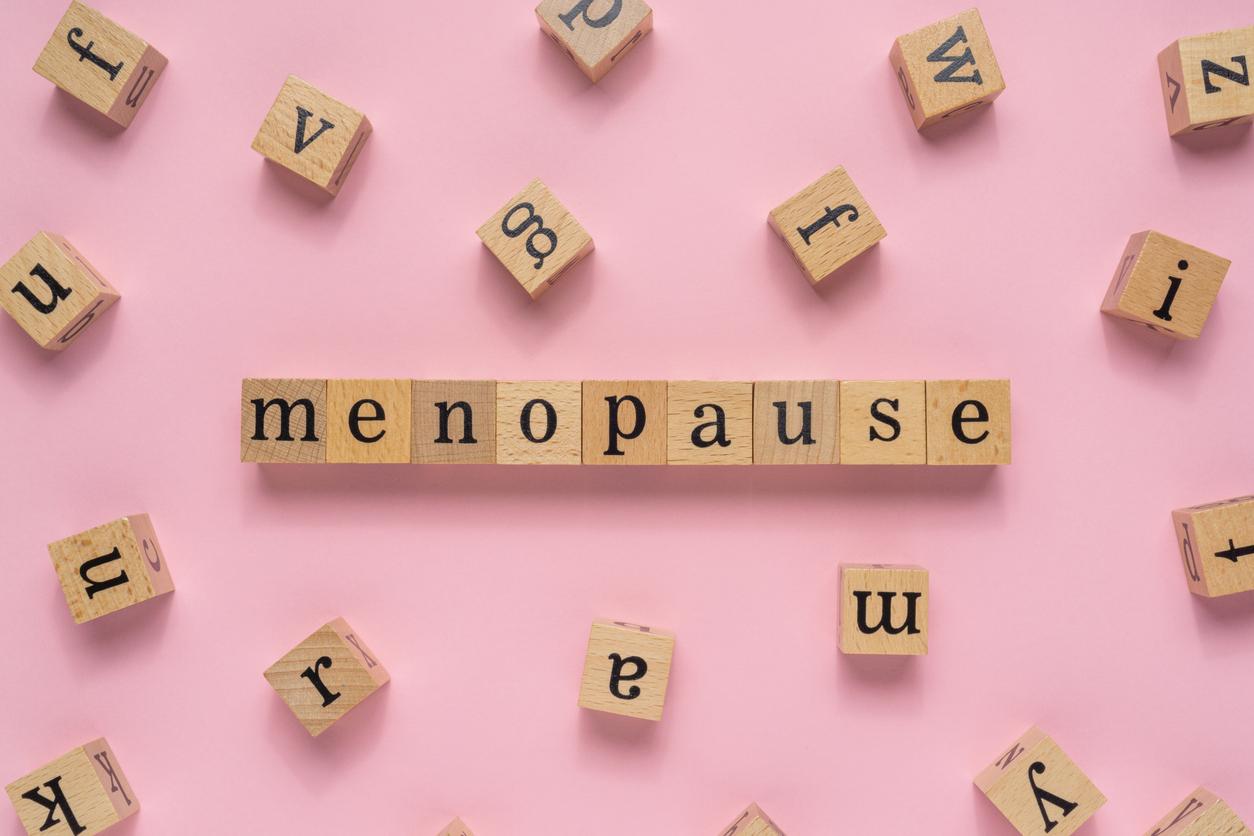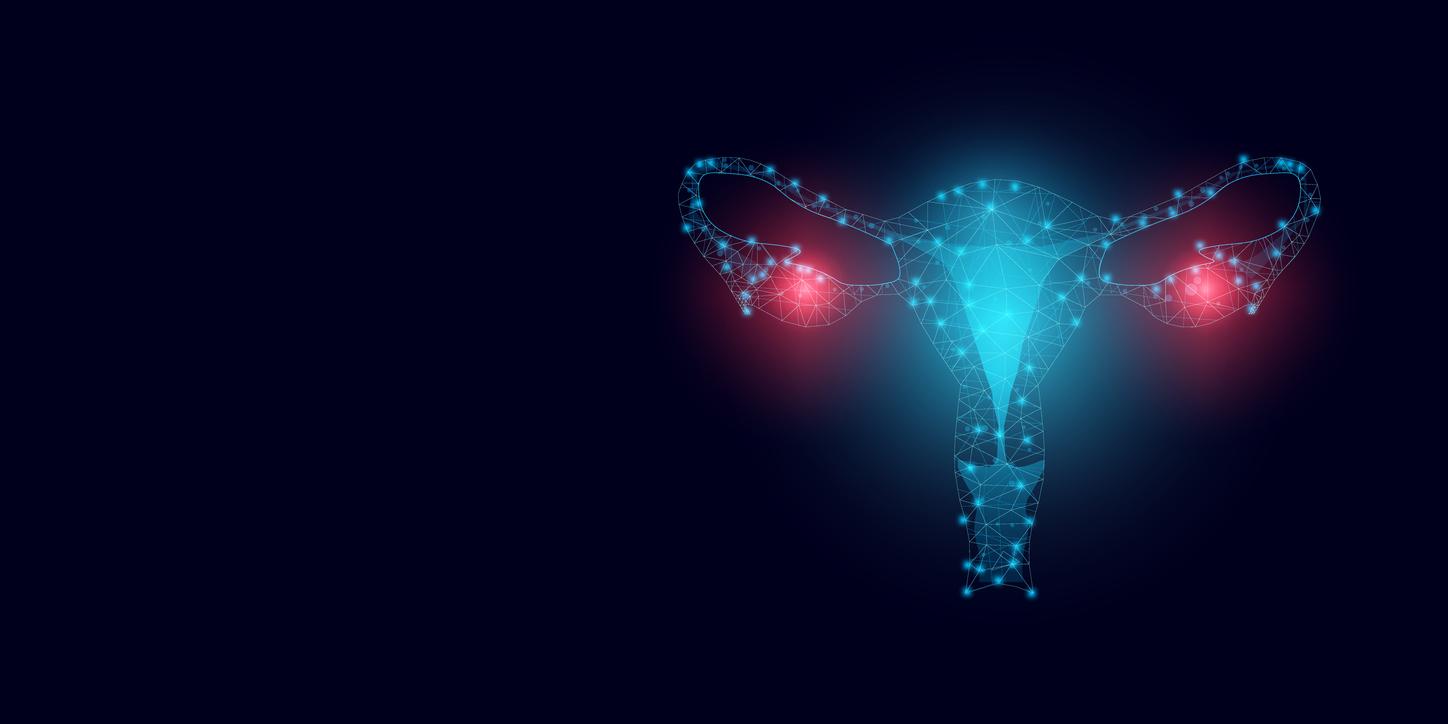It was during a press conference, on the occasion of the International Menstrual Hygiene Day, organized at the CNGOF (National College of Gynecologists Obstetricians of France) that the Strasbourg obstetrician-gynecologist, David Hamid, spoke on the subject of heavy periods.

- This Tuesday, May 28, was International Menstrual Hygiene Day. On this occasion, a press conference was held in Paris, at the CNGOF headquarters, on heavy periods.
- Heavy periods can indeed have several causes of a functional or organic nature. Adenomyosis can also be one of the factors promoting heavy bleeding during menstruation.
- According to Dr. David Hamid: “There are solutions to ensure that this is no longer considered a family legacy or normality.”
” If we look at the latest INSEE publications, there are around 35 million women in the French population and 1 in 5 women are affected by the problems of heavy periods. “, begins by detailing Dr. David Hamid.
” Heavy periods are called menorrhagia, which is heavy bleeding that starts with the cycle and stops afterwards. VSThese are issues that are passed down from generation to generation as a normal part of femininity. »
In reality, it is not so physiological to bleed “so much” during your period, sometimes even to the point of being anemic. A very common marker for all women or young women: the very regular change of sanitary protection, once an hour.
“These are consequences that are not negligible!”
” The consequences of heavy periods, beyond the discomfort, are the real medical consequences in terms of fatigue with chronic anemia linked to a lack of iron. These are consequences that are not negligible: cardiovascular consequences, socio-family consequences with the anxiety of seeing the overflow (absence from sport, work, school, etc.), consequences on emotional life because effectively when you bleed heavily it is difficult to project yourself into a relationship that affects your intimacy… The professional impact is also in vogue since we have talked about menstrual leave very recently and indeed it will even affect the professional agenda: people refuse certain trips, certain speeches or meetings when they know that they are going to have their period and that it risks being a disaster. This generates repeated absences that can lead to problems of integration within a professional activity. »
The Higam score, a tool to know in case of heavy periods (or doubts)
The abundance of menstruation, just as normalized as pain during the menstrual cycle, remains a rather abstract thing, difficult to evaluate and quantify. ” How do you get a woman to ask herself: Do I have heavy periods? Do my periods require me to see a healthcare professional to find a solution? »
The Higam score is used to calculate the abundance of menstruation. It is to be filled out by yourself, doctors also use it ” willingly in studies when we want to verify the effectiveness of the treatments we propose. »
The winning trio: the interview, the blood test and the pelvic ultrasound
Firstly, it is the interview which will allow the frequency to be assessed, then the blood test which will allow the consequences to be highlighted, in particular hematological, such as chronic anemia for example.
The pelvic ultrasound will come ” extend the clinical examination » and detect ” the possible presence of an anomaly in the uterus which could explain the abundance of periods or on the contrary the absence of an anomaly, that is to say bleeding of a rather functional nature. »
An organic cause, a functional cause
The explanation for this cyclical abundance can be of two kinds. Either organic and it will be fibroids, uterine polyps or adenomyosis (also called internal endometriosis of the uterus). Or functional, therefore without abnormalities of the uterine wall, but rather because of a hormonal imbalance or abnormalities of coagulation.
” Diagnostic hysteroscopy is then used to see the mucosa and detect pathologies that have repercussions inside the uterine cavity; it is an important pre-therapeutic examination when it is necessary to specify whether it is a polyp or a fibroid. »
It is sometimes the revelation of something more established like PCOS, when overweight or obesity is associated with it.
” There are solutions to ensure that this is no longer considered a family legacy or normality. »
” Medical treatments that will be of the order of hormone therapy, which we will call ‘the pill’, aim to reduce the size of the endometrium and block the cycle. The pills and their equivalents: vaginal rings, implants, patches… have the mission of acting on the endometrial mucosa. AH-RH analogues come in the form of an injection that allows the axis comprising the ovaries, uterus and pituitary gland to rest. This is a transitional treatment. » To be preferred for young women who have early periods in order to avoid losing growth capacity.
Anti-fibrinolitics will accelerate blood clotting. This avoids hormonal treatment when it is not desired. They are associated with non-steroidal anti-inflammatory drugs because there is an inflammatory phenomenon during bleeding “, or preventively during a crisis, when there is too much bleeding.
” There are solutions to ensure that this is no longer considered a family legacy or normality. “, concludes the Strasbourg gynecologist.

















